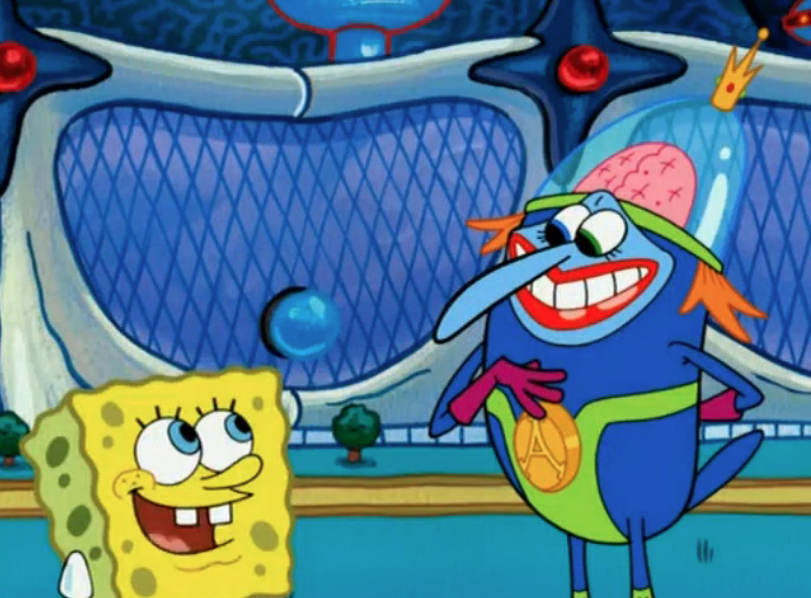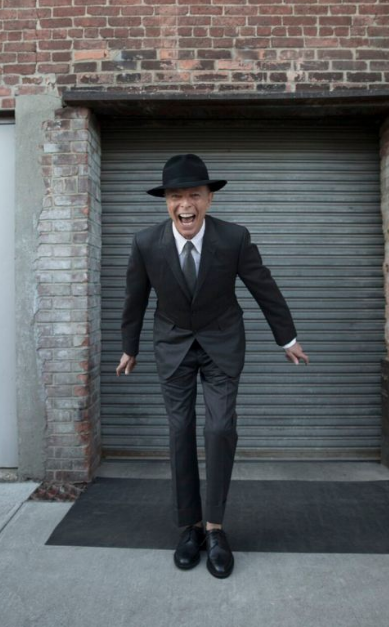David Bowie made many transitions during his career, but none was as carefully stage-managed as the last—the move from the life to death. There had been rumors of his illness, of course, but nothing definitive. The release of 2013’s The Next Day, his first album in ten years, kickstarted a spate of creativity. He was working on a theater piece with acclaimed director Ivo van Hove, and was contributing a song to, of all things, The Broadway version of “Spongebob Squarepants” (he had voiced the character of Lord Royal Highness on the episode “Atlantis Squarepantis“). Then, on his 69th birthday, Blackstar was released.

It’s a stunning album. So fine, it was hard to believe it was the work of a supposedly dying man, even if the title track was suffused with images of mortality: Solitary candles, the day of execution, the lyric “something happened on the day he died,” announcing a change of tone, and an angel’s invitation to to take you home (don’t forget your shoes, passport, and tellingly, sedatives). But he music felt like the start of a new era: mixing jazz and electronics in a new an undeniably creative manner. And how could a dying man put that much emotion into a sax solo? Even the press photo sent out with the album showed him dapper, in a black suit and wide-brimmed fedora, a big smile on his face.

Just as people were starting to digest the material, the news came: Bowie was dead of liver cancer. He had been diagnosed in 2014, but only his family and a few friends and collaborators were told. So “Blackstar” is his farewell to his fans, a dying gift, a beautifully crafted and considered capstone to a grand career.
He was cremated, as requested, with no friends and family present, and no ceremony.

Leave a Reply